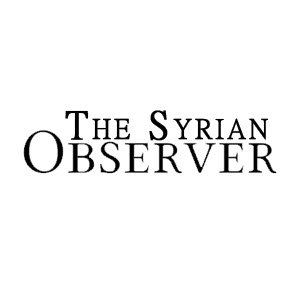It is no coincidence Turkish authorities confirmed Hayat Boumeddiene, the fourth suspect in Paris attacks, crossed into Syria from Turkey only a day after the Charlie Hebdo massacre.
Sharif Kouachi, one of the shooting’s perpetrators, also tried and failed to enter Syria in 2005. Syria’s rising popularity as a training hotspot for extremist groups raises questions on the effectiveness of President Obama's strategy of the “containment” of extremism.
Hayat Boumediene, wife of Paris hostage-taker Amedy Coulibaly, crossed into Syria before the blood of the Charlie Hebdo victims could dry.
Boumediene’s entrance to Syria embarrasses European authorities after they failed to arrest her after she crossed from France to Spain, and into to Turkey. The United States and Europe have previously accused Turkish authorities of turning a blind eye to jihadists crossing into Syria from its borders.
The Syrian government, which no longer controls its northern and eastern borders, is unaccountable in the West’s eyes, as it knows the Assad regime doesn’t possess the ability, the intention or the means to control the infiltration of extremists.
Boumediene will be amongst hundreds of other French-born "brothers and sisters", currently fighting with militant groups like ISIS and the Nusra Front. According to CNN, more than 700 French nationals remain inside Syria – among them, David Drugeon, an explosives-expert for the Al-Qaeda-affiliated Khorasan Group.
Drugeon was targeted by coalition air strikes in November of last year, but survived the attack, according to US intelligence reports.
Frenchman Mehdi Nammoush returned from a year-long training period inside Syria to carry out an attack against a Jewish Museum in Brussels, claiming the lives of two people.
Boumediene's escape confirms Syria’s status as a meeting point for terrorist organizations, together with Afghanistan and Yemen. There are believed to be more than 15,000 foreign fighters currently inside Syria, with no indication that coalition air strikes have paralyzed their movement.
Obama's "Iraq first" strategy has led many fighters to relocate from Iraq to Syria. The expansion of areas controlled by the Nusra Front in northern Syria reinforces this view, providing Al-Qaeda with more space to coordinate.
These facts put yet another nail in the coffin of a failed Syrian containment-strategy. Events in Idleb, Deir-ez-Zor and other extremist-controlled areas of Syria echo in the heart of Brussels and Paris. While Al-Qaeda continues to threaten Western capitals, it was in Paris that the strands of Yemen and Syria were interwoven, revealing the faces of Anwar al-Awlaki and Abu Hamza al-Masri, "teachers" of the Kouachi brothers.
Translated and edited by The Syrian Observer


